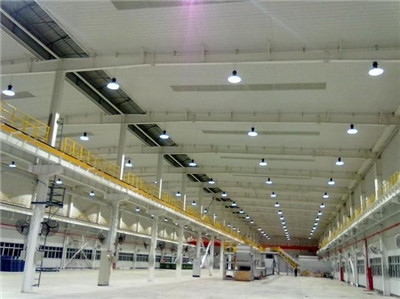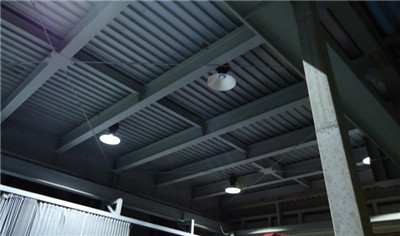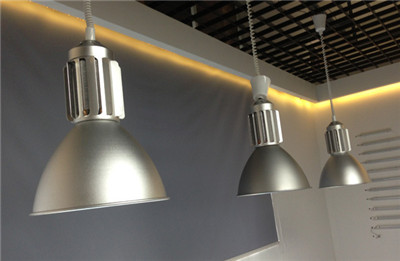It’s no secret that LED lighting technology has surpassed the capabilities of conventional lighting in important ways. In addition to the considerations discussed above, there are three general benefits of LED lighting that apply to all lighting applications.

Decreased maintenance requirements.
As discussed above, LED lights have a lifespan that is four to forty times longer than many conventional bulbs. This means fewer replacements for bulbs that wear out. LED lighting technology also generates light differently than typical fuel and filament lighting, by using a diode instead. This means that there are fewer moving pieces to break, and consequently, fewer repairs or replacements. Maintenance is an especially important consideration when it comes to industrial lighting or warehouse lighting. By definition, high bay lights have higher mounting heights, which means that changing a bulb requires some specialized equipment or creativity. Scaffolding, catwalks, and hydraulic lifts are generally used to swap or replace bulbs, and each of these can result in additional maintenance or equipment costs. Again, the lifespan of industrial LED lighting means that fixtures need to be changed much less often, which means savings for your bottom line.

Improved lighting quality.
Industrial LED lighting and high bay lights will typically score better in a head-to-head comparison against most other bulbs when it comes to Color Rendering Index (CRI), Correlated Color Temperature (CCT), and Foot Candles. CRI is a measurement of a light’s ability to reveal the actual color of objects as compared to an ideal light source (natural light). In non-technical terms, CCT generally describes the “glow” given off by a bulb - is it warm (reddish), or cold (bluish white)? Footcandles compare the amount of light coming from a source and the amount of light hitting the desired surface; they’re basically a measure of efficiency. On all three fronts, LED lights perform very well.

Increased energy efficiency.
Not only do LED lights generate light differently, they also distribute light differently than conventional lighting solutions, which results in less energy required to provide the same output. How does that work? First, many conventional lights waste a lot of the energy they produce by emitting it as heat (this is especially the case with metal halide lighting). Second, most conventional lights are omnidirectional, which means that they output light in 360 degrees. So, a lot of light is wasted pointing at a ceiling, or being diluted because it has to be redirected through the use of fixtures. Industrial LED lighting for applications that require high bay lights eliminates these two problems of wasted energy (through heat loss and omnidirectional emission).



